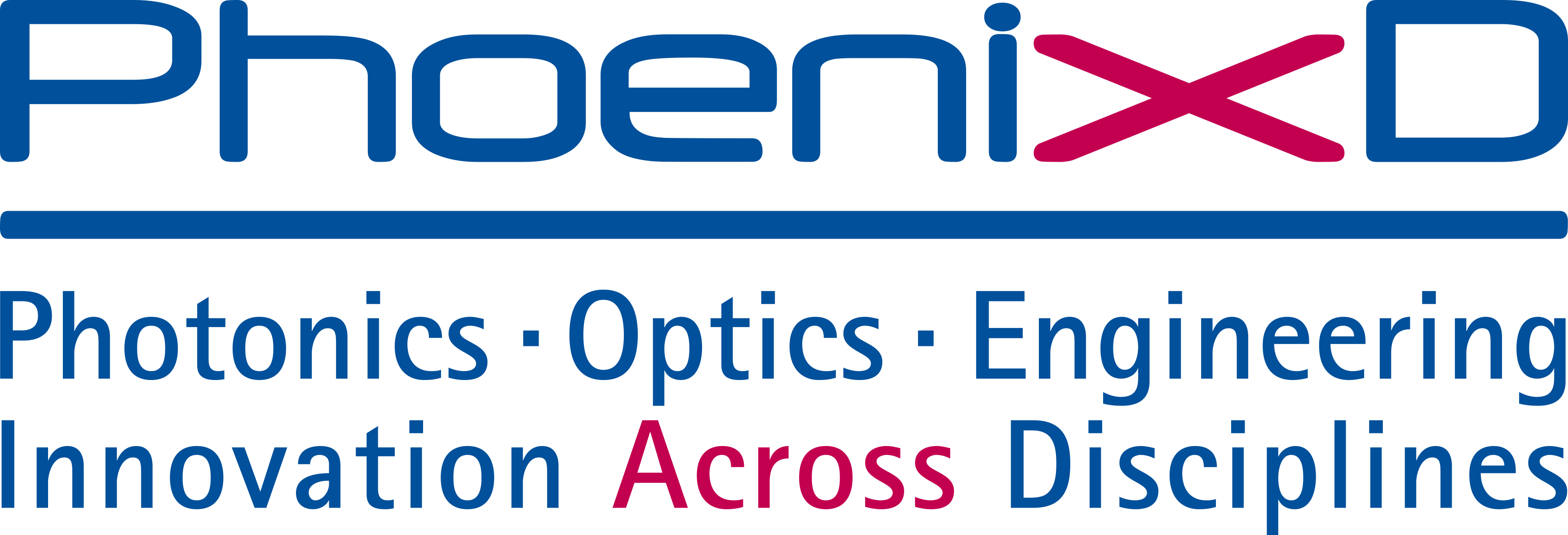Mie-resonant metaphotonics
- authored by
- Viktoriia E. Babicheva, Andrey B. Evlyukhin
- Abstract
Mie-resonant metaphotonics is a rapidly developing field that employs the physics of Mie resonances to control light at the nanoscale. Mie resonances are excited in high-refractive-index transparent nanoparticles and voids created in dielectric media, and they can be used to achieve a wide range of optical effects, including enhanced light–matter interaction, nonlinear optical effects, and topological photonics. Here, we review the recent advances in Mie-resonant metaphotonics, with a focus on the physics of Mie resonances and their applications in metaphotonics and metasurfaces. Through a comprehensive multipolar analysis, we demonstrate the complex interplay of electric and magnetic multipoles that govern their interaction with light. Recent advances have unveiled a diverse spectrum of scattering phenomena that can be achieved within precisely engineered structures. Within this framework, we review the underlying mechanics of the first and second Kerker conditions and describe the intricate mechanisms guiding these nanostructures’ light-scattering properties. Moreover, we cover intriguing phenomena such as the anapole and bound or quasi-bound states in the continuum. Of profound interest are the numerous practical applications that result from these revelations. Ultrafast processes, the emergence of nanolasers, and advancements in magneto-optic devices represent just a fraction of the transformative applications.
- Organisation(s)
-
PhoenixD: Photonics, Optics, and Engineering - Innovation Across Disciplines
Institute of Quantum Optics
- External Organisation(s)
-
University of New Mexico
- Type
- Review article
- Journal
- Advances in optics and photonics
- Volume
- 16
- Pages
- 539-658
- No. of pages
- 120
- ISSN
- 1943-8206
- Publication date
- 12.08.2024
- Publication status
- Published
- Peer reviewed
- Yes
- ASJC Scopus subject areas
- Atomic and Molecular Physics, and Optics
- Electronic version(s)
-
https://doi.org/10.1364/AOP.510826 (Access:
Closed)


